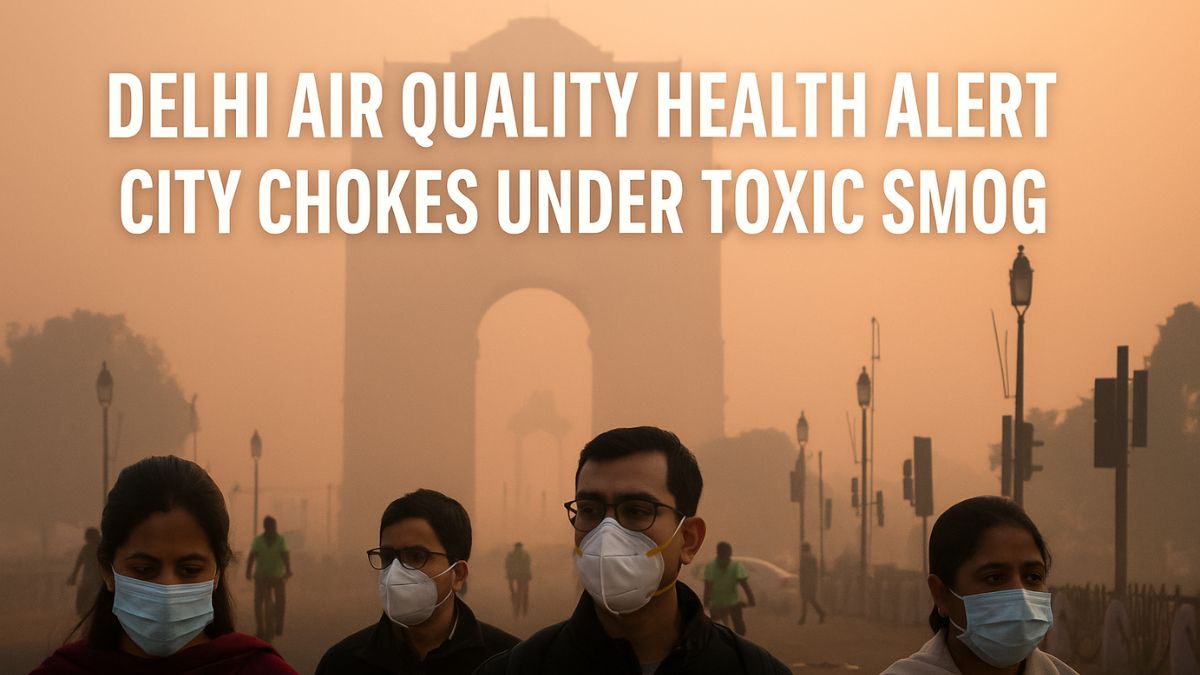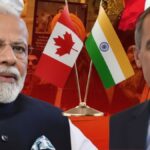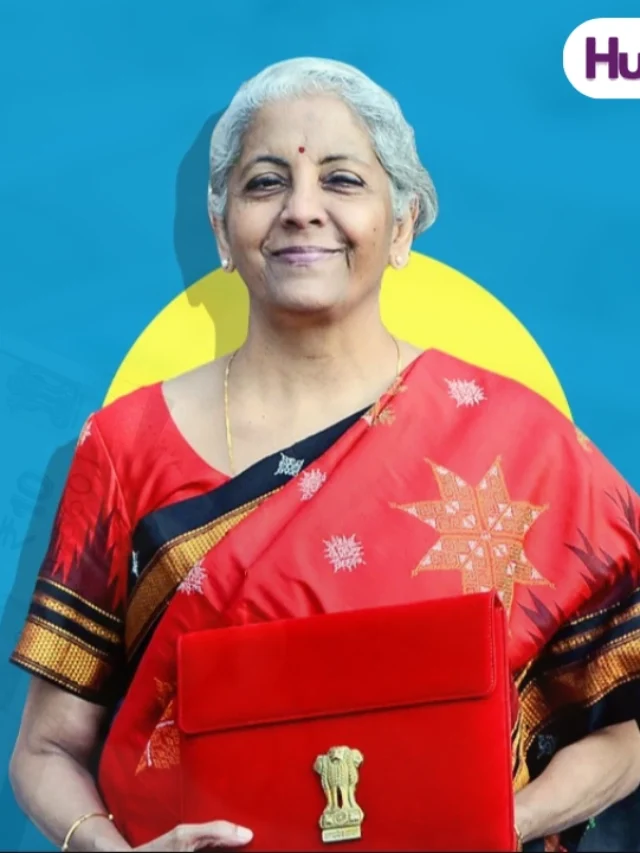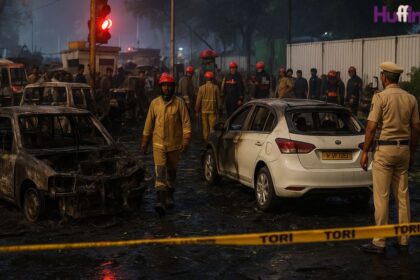New Delhi, November 12 (Health Desk) — A Delhi air quality health alert has been issued as the capital’s Air Quality Index (AQI) once again slipped into the “severe” category, with readings above 420 in several monitoring zones. The situation worsened as a persistent cold wave trapped pollutants near the surface, turning the city’s skyline into a blanket of smog.
According to data from the Central Pollution Control Board (CPCB), PM2.5 and PM10 levels in Delhi and the adjoining NCR region have breached safe limits by more than seven times, prompting emergency health and environmental measures.
Toxic Mix of Weather and Pollution
The ongoing cold wave has aggravated air pollution, reducing wind speed and causing a temperature inversion — a condition where warm air traps cold air (and pollutants) close to the ground.
IMD scientist Dr. R.K. Jenamani explained,
“The lack of vertical air movement prevents pollutants from dispersing. As temperatures continue to drop, the smog layer thickens, turning Delhi’s atmosphere toxic.”
Neighbouring regions like Noida, Ghaziabad, Gurugram, and Faridabad also reported AQI levels between 410 and 460, putting millions at risk of respiratory illnesses.
Rising Health Concerns Across Hospitals
Hospitals across the National Capital Region have reported a sharp spike in patients suffering from breathing difficulties, bronchitis, asthma attacks, and eye irritation.
At AIIMS Delhi, doctors said outpatient cases related to respiratory distress have risen by 35% since early November.
Dr. Arvind Kumar, Chair of the Institute of Chest Surgery, said:
“Every year, the toxic air returns like a seasonal epidemic. The combination of smog and cold air reduces oxygen levels and causes severe lung inflammation, especially among children and senior citizens.”
The Delhi air quality health alert has prompted hospitals to stock emergency inhalers and oxygen supplies and expand respiratory care units.
Government’s Emergency Measures
In response, the Commission for Air Quality Management (CAQM) has enforced Stage IV (Severe+) restrictions under the Graded Response Action Plan (GRAP).
The measures include:
- Ban on construction activities except those related to healthcare and national projects.
- Closure of primary schools and suspension of outdoor activities.
- Restriction on diesel vehicles (BS-III and BS-IV categories).
- Encouragement of work-from-home for private offices.
- Deployment of anti-smog guns and water sprinklers across major roads and industrial areas.
Additionally, the Delhi government has advised citizens to avoid early morning walks, use N95 masks, and limit outdoor exposure, especially for children and the elderly.
Experts Call for Long-Term Strategy
Environmental experts say these short-term curbs are only temporary relief and call for structural reforms to address the crisis.
Sunita Narain, Director-General of the Centre for Science and Environment (CSE), remarked,
“We cannot treat this as an annual emergency. What Delhi needs is a year-round action plan — control of dust, industrial emissions, vehicular exhaust, and agricultural burning.”
The Delhi Pollution Control Committee (DPCC) is also working on expanding real-time air quality monitoring and deploying AI-based predictive models to issue early warnings.
Cold Wave Intensifies the Crisis
Adding to the city’s woes, the India Meteorological Department (IMD) forecast indicates minimum temperatures dropping to 5°C over the next 48 hours.
The dual impact of the cold wave and severe pollution is likely to persist until wind patterns shift later in the week.
The weather department has cautioned residents to use proper heating indoors while ensuring adequate ventilation to avoid carbon monoxide exposure.
Voices from the Ground
Residents across Delhi-NCR expressed frustration and concern as air quality deteriorated again.
Commuters reported reduced visibility on arterial roads and slower metro services due to fog buildup.
Some local businesses have also experienced lower footfall as citizens prefer staying indoors.
“It’s becoming impossible to breathe outside for more than 10 minutes,” said Neha Sharma, a Delhi resident from Dwarka. “Masks have become part of winter fashion now — not for COVID, but for pollution.”
Conclusion
The Delhi air quality health alert underscores the city’s deepening environmental and public health emergency.
As the cold wave tightens its grip, residents are urged to remain cautious, follow advisories, and support long-term eco-friendly initiatives such as public transport, tree plantation, and reduced vehicle use.
With the capital once again suffocating under a haze of its own making, Delhi’s battle for clean air has never been more urgent.
Related News Articles: Stay Tuned Huffindia


























